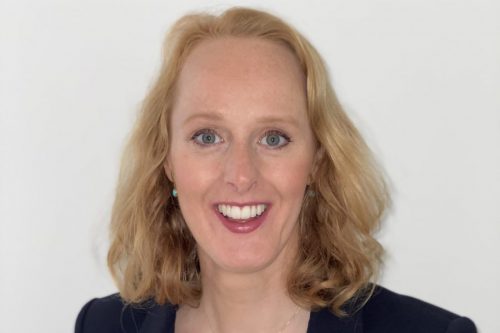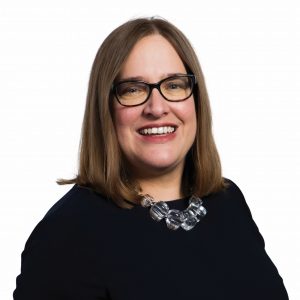North West women highlight scale of challenge to achieve parity in business

Women business and investment leaders have highlighted the slow pace of change in their respective sectors on International Women’s Day.
Jane Booth, head of the Manchester office at UBS Global Wealth Management, has called for greater educational support for women investors to close the funding gap for female-founded businesses in the North West.
“Women often value money as a source of security for themselves and their loved ones. But many remain in the dark about how to make their money work for them in the long term. When looked after effectively, money serves as a source of power that enables people to pursue their passions in life and support the issues that matter most to them. For many, this means supporting other women in their success,” she said.
In the North West the gap is even greater, she said. “According to the British Business Bank Small Business Equity Tracker 2023, there has been no improvement in the value of investment deals to all-female founder teams over the past decade. This is the stark reality of the investment landscape for female founders. When we look at the North West in isolation, there is already a funding disparity between the North and South, but for female founders that gap is even greater.”
She said research cited in a UBS Women and Investing 2024 report shows there would be US$3.22 tn of additional investment capital globally if women invested at the same rate as men.
She also said: “Tailored support for female founders is also required. Whilst several groups out there are specifically supporting female founders, (including the Invest in Women Hub, Lifted Ventures and Fund Her North to name a few), the North West business community can do more to support and make connections for female founders to improve their access to capital.”
Also highlighting the issue, data from Grant Thornton’s 20th annual Women in Business* report shows that whilst the percentage of women in senior management roles in the UK and globally has increased over the last two decades, progress remains disappointingly slow. At the current rate, parity won’t be achieved until 2053.
In the UK, the percentage of women in senior management roles in mid-market** organisations has increased from 18% in 2004 to 34% today, with representation improving every year up until 2020, when progress stalled. The UK data is in line with global trends, which follow a similar pattern.
Coinciding with International Women’s Day, Grant Thornton (8 March) Grant Thornton is set to release “Pathways to Parity: 20 Years of Women in Business Insights”, marking two decades of dedicated research aimed at monitoring and measuring the representation of women in senior management roles within mid-market companies worldwide.
Understanding progress and measuring success is a crucial part of any I&D strategy.

“There’s an age-old adage: what gets measured gets done. That rings true when it comes to women in business, as much as it does with any other element of business performance. For example, gender pay gap reporting shows us that while there may be some women in senior management positions, there are not enough at that level or mid-management roles. This lack of pipeline means that if a senior woman leaves a position, there won’t be any other women coming up to take that role. This makes the situation of female management fragile which is why in businesses with low representation of women at senior levels, it is vital to monitor representation in the pipeline and to invest in measures that will help to support women to stay and progress through to senior levels.”
The report identifies three clear pathways for businesses to accelerate progress towards gender parity in senior management: assigning responsibility for inclusion and diversity (I&D) to both a C-suite member and a female senior leader; implementing a standalone I&D strategy with measurable goals; and offering flexible working arrangements.








